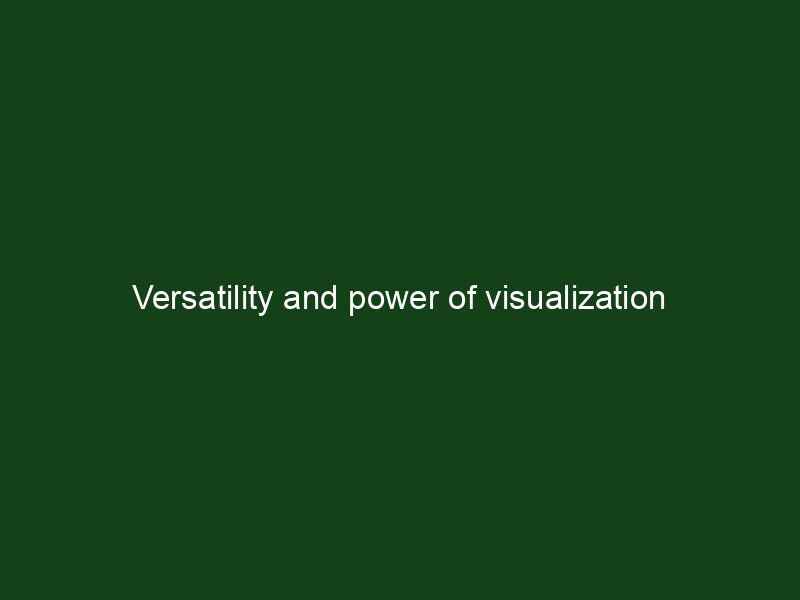We love being superlearners. We read fast and we learn fast and we try to make the world a better place, and it is a wonderful feeling. We do forget the skills we acquire on our way can be used for other equally exciting achievements. Visualization is a skill that can be used for pretty much anything. While our course focuses on one aspect of visualization, visualization is a versatile and powerful skill we could describe in more details.
Visualization for resilience
Visualization is the main working tool of navy seals and similar fighter training. You first visualize what you need to do then you do it. When it hurts you visualize that the pain is good for you. When you are in stressful scenario you visualize a couple of time and everything looks familiar. When you analize tactical scenarious you visualize. And then, if visualization is not good enough, you create a replica and practice until you know everything that needs to be done. If you need to handle a task that is hard and out of your comfort zone, you visualize.
Visualization for tranquility
At the other extreme, most meditations have visualization elements. You visualize landscapes for pure land buddhism, you visualize abstract symbols as yantras, you visualize Jesus Christ and his passions if you are christian, and as a Jew you visualize texts. If you are an atheist or agnostic, you can still visualize: a meadow or a beach, a forest or a river – you visualize your ideal calm place to deal with calamities of everyday life.
Visualization for creativity
When you need to create something new, you definitely visualize. Inventing a new pattent, creating user interface, producing innovative solution, we really imagine every aspect of interaction, anything that can go wrong. Very detailed and accurate visualization allows us avoid costly errors in implementation and guides us to better solutions. Quite often at work I seat and do absolutely nothing, visualizing every aspect of the product I am developing. People treat this with respect and admiration, because they know that this way I save hundreds of thousads of dollars of costly mistakes.
Visualization for sports
When we visualize our muscles get tiny signals. They do not react, but we train the proper neural connections. When endurance is of an issue, we use visualization (see in resilience section). When we analyze each motion of each muscle in proper succession, we visualize in our heads before trying the actions physically. Any sports move is visualized and trained before being executed. Top performers work with their ming, and visualization is the weapon of choice.
Visualization for information
This one you definitely know: we visualize for sake of visualization. Our brains are highly visual, and visualization of information allows handling of incredible amounts of data. In the course we learn visual markers, but in school we learn graphs and meshes and tables and infographic and other visualization methods. We need all of them to function properly in our complex information-rich world.
So once you have managed to visualize markers, use you visualization skills for other purposes – you may be surprise at what you will be able to achieve.

Get 4 Free Sample Chapters of the Key To Study Book
Get access to advanced training, and a selection of free apps to train your reading speed and visual memory

